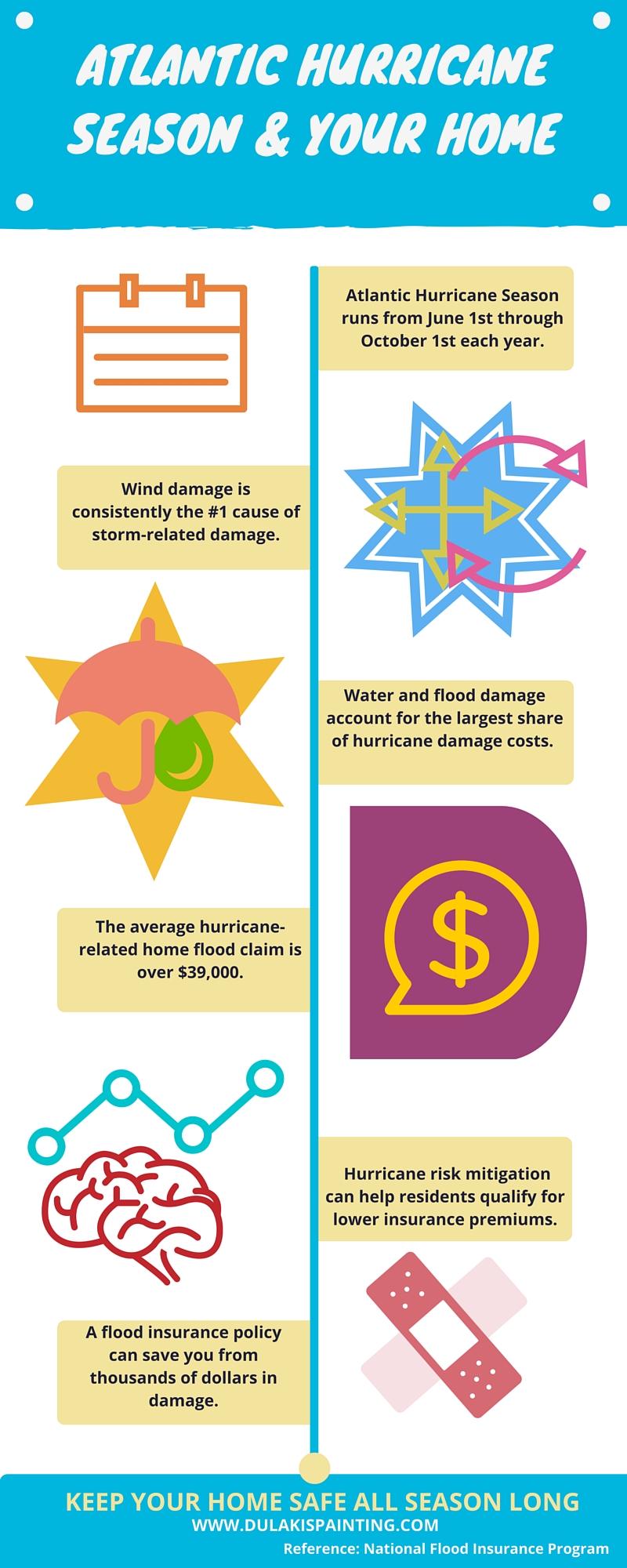Seasonal Factors In Commercial Exterior Paint: Key Insights You Ought To Recognize
Seasonal Factors In Commercial Exterior Paint: Key Insights You Ought To Recognize
Blog Article
see here now Develop By-Leach Urquhart
When you're planning an industrial exterior painting job, seasonal factors can make or break your results. You'll wish to consider exactly how temperature and humidity effect paint application and drying times. Choosing the ideal season can guarantee your paint sticks properly and lasts longer. But which seasons are truly the most effective for this type of job? Let's explore the crucial elements that can impact your task's success.
The Impact of Temperature on Paint Application
When you're planning an industrial external paint task, the temperature level can significantly impact just how well the paint sticks and dries out.
Preferably, you wish to repaint when temperature levels range in between 50 ° F and 85 ° F. If it's too cool, the paint may not treat correctly, resulting in issues like peeling off or splitting.
On the flip side, if it's too hot, the paint can dry out also swiftly, preventing proper attachment and causing an unequal finish.
You must additionally think about the moment of day; morning or late afternoon offers cooler temperatures, which can be extra beneficial.
Constantly check the manufacturer's recommendations for the specific paint you're making use of, as they often supply advice on the ideal temperature level range for optimum outcomes.
Moisture and Its Impact on Drying Times
Temperature level isn't the only ecological variable that influences your industrial external paint project; humidity plays a considerable function also. High humidity levels can slow down drying times substantially, affecting the overall high quality of your paint task.
When the air is filled with wetness, the paint takes longer to treat, which can lead to concerns like inadequate adhesion and a higher danger of mold growth. If you're painting on an especially damp day, be gotten ready for prolonged wait times in between coats.
It's critical to check regional weather and strategy as necessary. Ideally, go for https://devinmyjra.blog-kids.com/34565395/important-considerations-to-review-prior-to-choosing-house-painters between 40% and 70% for optimum drying out.
Keeping these factors in mind ensures your job remains on track and supplies an enduring finish.
Best Seasons for Commercial Outside Painting Projects
What's the most effective time of year for your commercial external painting jobs?
Springtime and very early loss are usually your best options. During residential painters texas , temperatures are mild, and moisture degrees are commonly reduced, creating ideal conditions for paint application and drying.
Avoid summertime's intense heat, which can cause paint to dry too swiftly, resulting in poor attachment and coating. Similarly, wintertime's chilly temperatures can impede proper drying and curing, running the risk of the longevity of your paint work.
can you paint exterior wood in winter for days with temperatures in between 50 ° F and 85 ° F for optimal results. Bear in mind to check the neighborhood weather forecast for rainfall, as wet problems can wreck your project.
Planning around these elements ensures your paint project runs smoothly and lasts much longer.
Verdict
In conclusion, preparing your business outside paint projects around seasonal considerations can make a considerable distinction in the end result. By scheduling job during the excellent temperatures and humidity levels, you'll make sure better adhesion and drying times. Bear in mind to watch on regional weather forecasts and choose the correct time of year-- spring and very early loss are your best choices. Taking these steps will certainly assist you attain a sturdy and professional finish that lasts.
